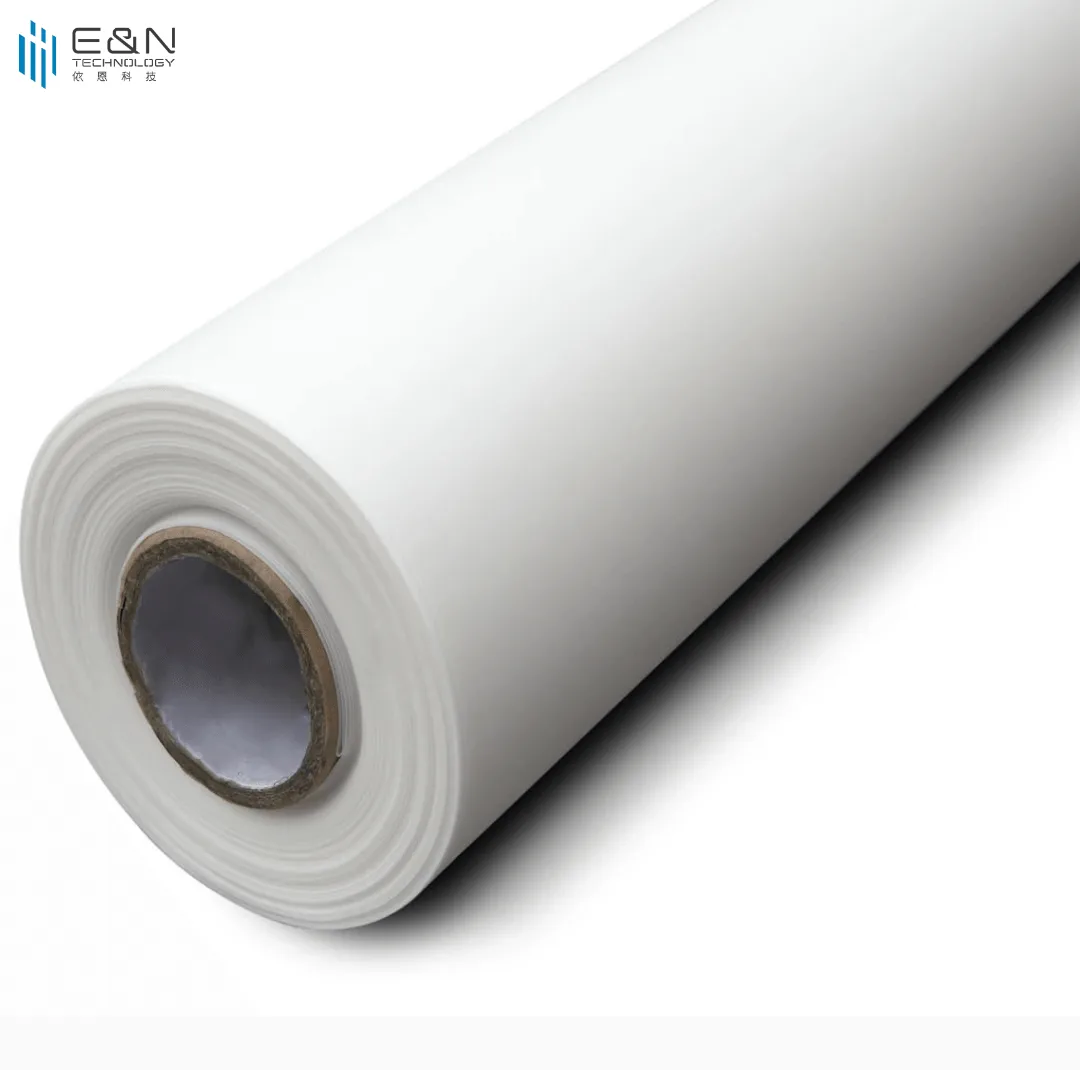
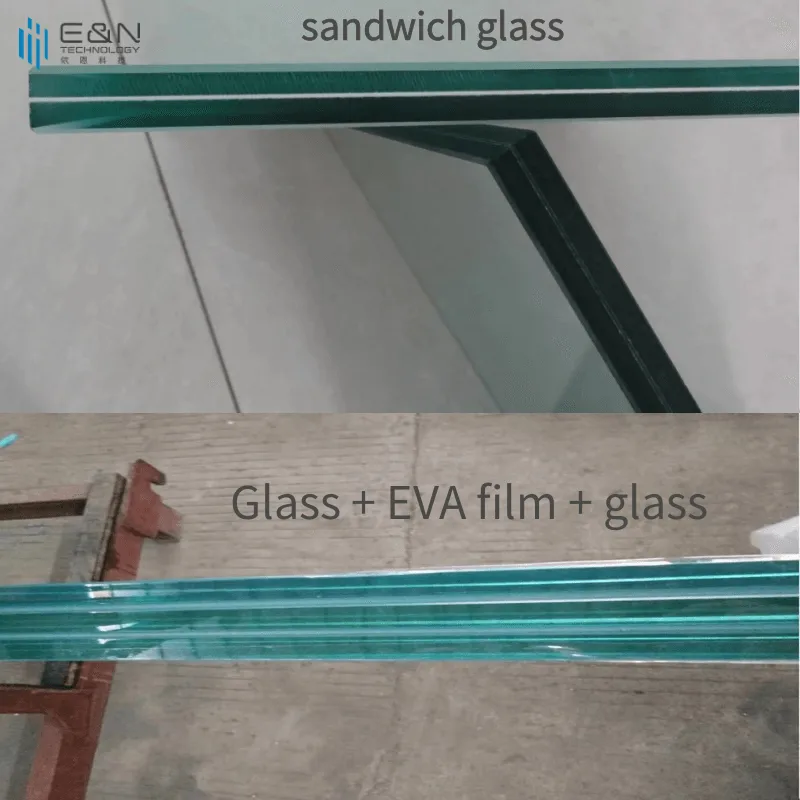
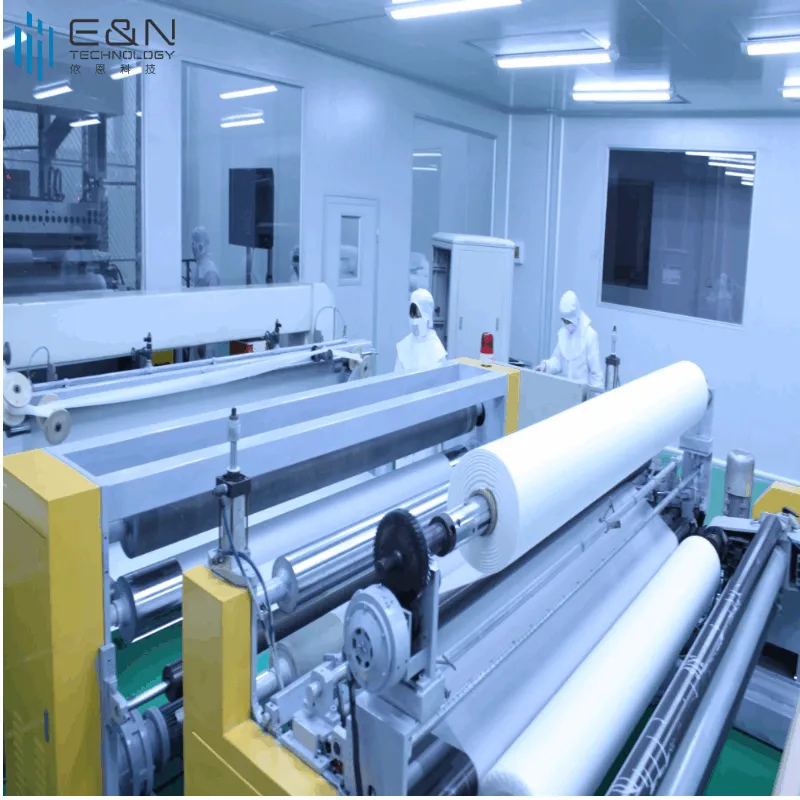


With the diversification of craft glass processing methods, various materials have the possibility of compounding with glass. In order to meet the needs of composite materials that are not resistant to low temperature and glass, E&N has developed a low temperature processing EVA film —— EN-AL.
|
EN38AL:
|
|
|
EN-AL:
|
|
Main Characteristic:
1.Exhibits good adhesion at 80°C (processing method A)
2.Exhibits good transparency at 80°C (processing method A)
3.Exhibits good adhesion and transparency at 120℃ (processing method B)
4.Has a cross-linking degree of 85%-90% (processing method B)
Application:
EN-AL is suitable for the compounding of other materials that are not resistant to high temperature, such as low temperature wired glass, acrylic laminated glass and wired glass.
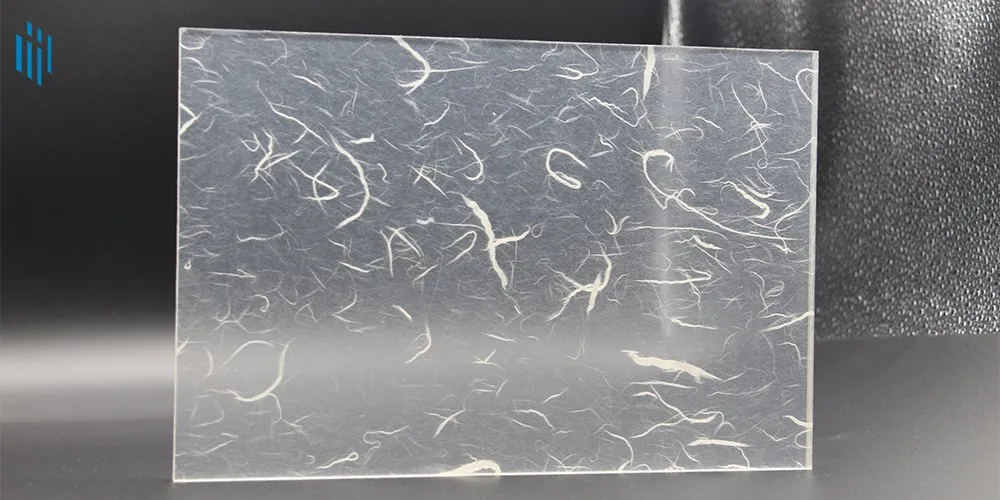
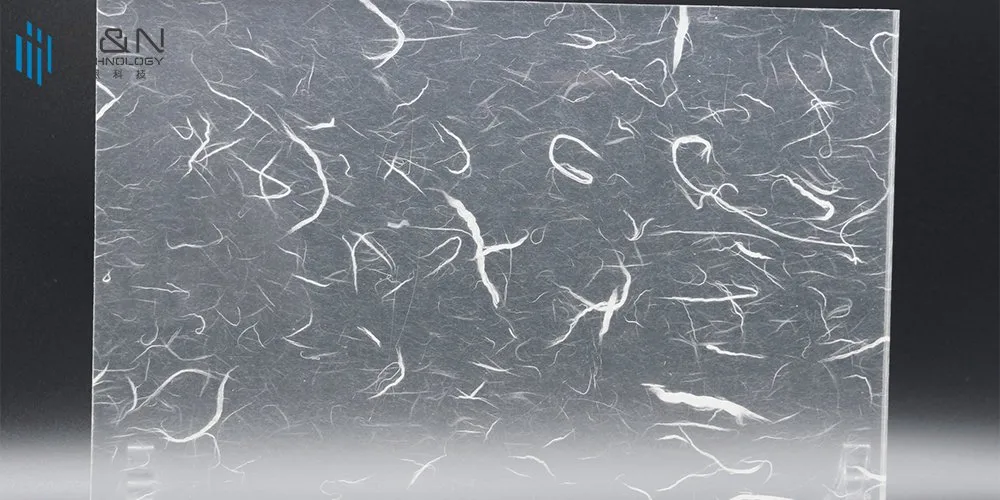
Product Performance Parameter List:
|
Test item |
Test method |
Processing Method A |
Processing Method B |
|
Transmittance |
ISO527-3 |
>90% |
>90% |
|
Haze |
E&N Laboratory |
<0.37% |
<0.3% |
|
UV blocked rate |
280-380nm |
>99% |
>99% |
|
Tensile strength |
ISO527-3 |
>12MPa |
>21MPa |
|
Adhesion with glass |
ISO-8510 |
>80N/cm |
>86N/cm |
|
Elongation at break |
ISO527-3 |
≥800% |
≥800% |
|
Cross-linking rate |
E&N Laboratory |
/ |
>85% |
|
Water absorption |
ASTMAD570 |
≤0.1% |
≤0.1% |
|
High temperature test 4hrs 100℃ |
EN 14449/EN1SO12543 |
No visible change |
|
|
Humidity resistance Ⅱ 85℃ 85%RH 1000hrs |
ENISO12543 |
Haze appeared just 2.5cm from the edge without bubbles or delamination |
|
|
UV radiation test UVA340 60℃ 65%RH 2000hrs |
EN14449/EN572 |
Yellowing index:Δ<1 |
|
|
Pendulum test(hight:1200mm) |
EN14449/EN 12600 |
Qualified |
|
|
Ball impact peeling resistance(hight:4m) |
GB-15763.3-2009 |
Qualified |
|
Note:the information and relevant data listed in this article are established in the laboratory of the company's technical department,and their contents are correct based on the turth.However,we will not make any statment or guarantee on the integrity or accuracy of the listed information and data.We provide the content of this article on the condition that it is for the user's reference only,and before using it,decide whether the information and data are suitable for their own purpose of use.In no event shall we be liable or liable for damages of any nature whatsoever arising out of the use of or reliance on the content of this document or the products mentioned herein.
Packing Specification:
1.Without plywood case: tinfoil vacuum + bubble wrap + composite kraft paper
2.With plywood case: tinfoil vacuum + carton box + plywood case

Shelf Life of Product:
1 year
Preparation Before Laminating:
1. Clean and fully dry the glass, there should be no particle dust or oil on the glass surface, EVA film and other intermediate materials are spare.
2. After opening the furnace, cool down for 3~5 minutes, until the vacuum value reaches -0.095MPa, close the furnace door and officially heat.
Parameter setting:
|
Processing Method |
First Step |
Second Step |
Full Vacuum Retention |
Temperature Out of Furnace |
|
A |
60℃—20mins |
80℃—120mins |
-0.095MPa |
<50℃ |
|
B |
60℃—20mins |
120℃—60mins |
-0.095MPa |
<50℃ |
The above-mentioned temperature refers to the glass surface temperature.This lamination parameter is suitable for laminated glass with 5mm+0.38EVA+5mm structure.The specific conditions should be adjusted according to the difference of lamination equipment,temperature and humidity,glass thickness,and middle layer material.
1.Why was EN-AL developed?
Because acrylic is not resistant to high temperature and some wire materials are not resistant to high temperature.
2.What is the biggest difference between the products produced by the two processing methods?
Products processed at low temperature have no degree of cross-linking and can only be used in indoor decoration, while products processed at high temperature have a degree of cross-linking and can be used outdoor.
3.Is it necessary to vacuum first before heating?
Yes, we suggest it should be vacuum first, and the result will be better.
4.Which shipping way can you provide?
We can provide shipping by sea, by air and by express.
5.How many rolls can fix in one container?
Without plywood case, about 150 rolls-160 rolls can fix in one container.With plywood case, about 120 rolls can fix in one container.